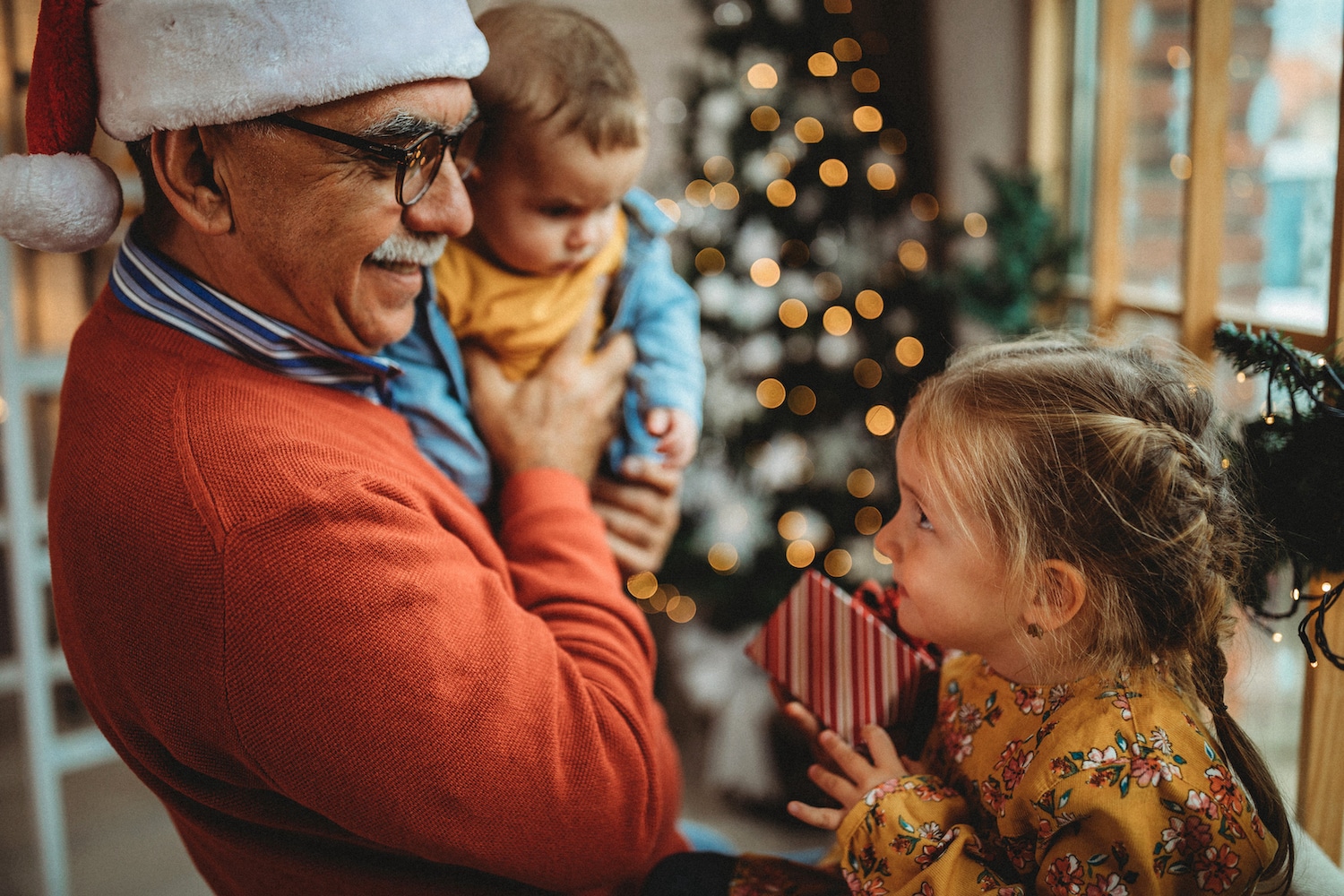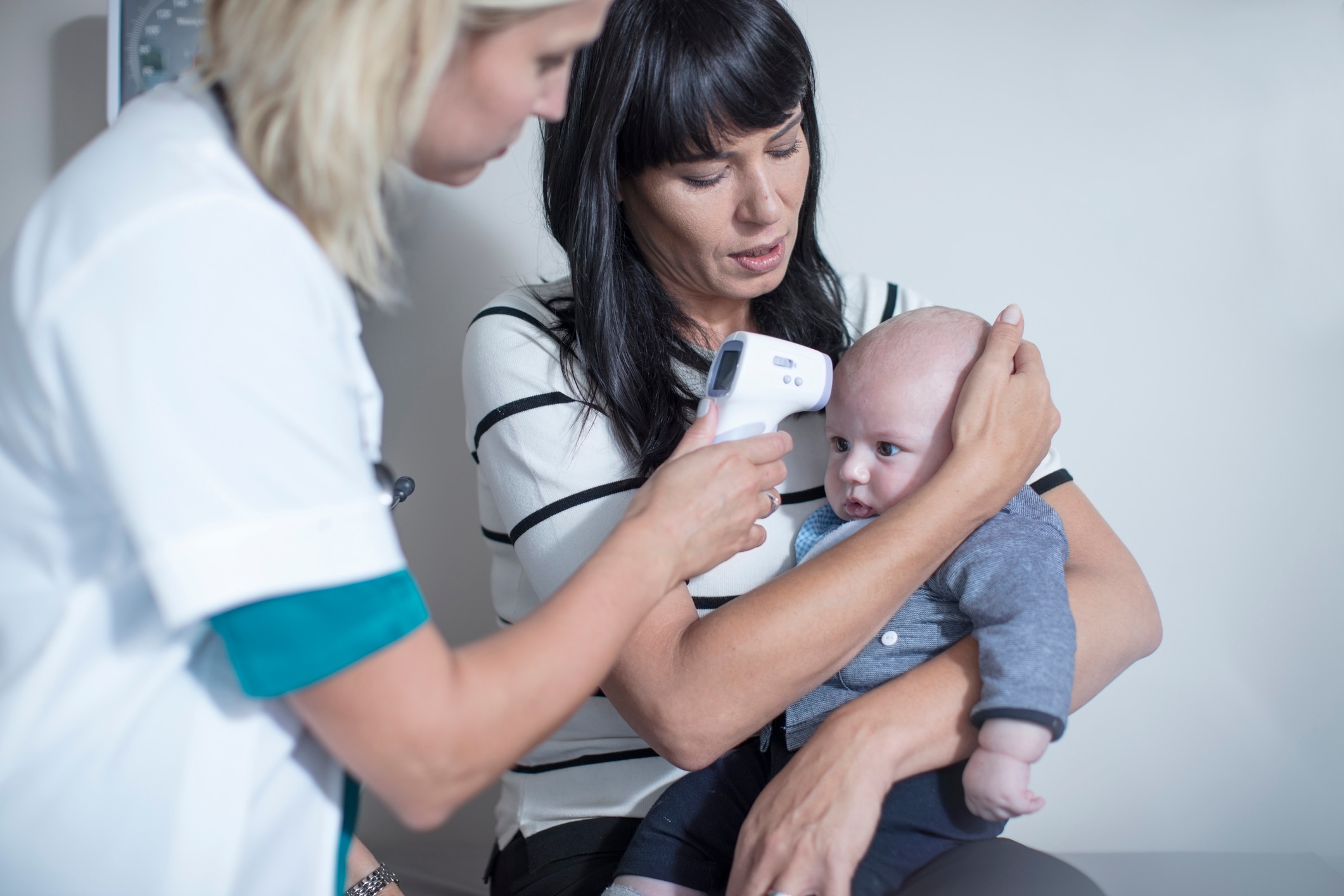The weather has turned cooler and many stores are bustling with shoppers, but as we barrel on through the 2021 holiday season amid the ongoing global pandemic, many people have one major question in mind: Is it safe?
“COVID safety is a matter of everyone asking, not just what is best for their own personal safety, but looking around and treating others as you would want to be treated if you were in their situation,” says Dr. David Cutler, family medicine physician at Providence Saint John’s Health Center in Santa Monica, California.
“COVID safety is a matter of everyone asking, not just what is best for their own personal safety, but looking around and treating others as you would want to be treated if you were in their situation.”
— DR. DAVID CUTLER, FAMILY MEDICINE PHYSICIAN
The emergence of the omicron variant has introduced brand new worries about COVID safety, including whether or not the usual preventative measures, like vaccines and masks, will hold up against this new challenge. Here, doctors and infectious disease experts break down the latest on COVID-19, including information around the delta and omicron variants, and how to make your holiday plans as safe as possible.
What’s the safest way to gather for the holidays?
The Centers for Disease Control and Prevention (CDC) kept its holiday guidance short and sweet this year. It recommends:
- Vaccines for all who are eligible.
- Wearing a mask in public indoor settings.
- Avoiding crowded, poorly ventilated spaces.
- Not attending or hosting gatherings when ill.
These guidelines were published in October, and the CDC’s advice hasn’t changed since the discovery of the omicron variant, with the exception that the CDC and other experts now recommend COVID booster shots for all eligible people over age 18.
“We’re still pretty confident that the vaccine is going to protect against severe disease and deaths to a certain extent, especially if you’re boostered,” says Katelyn Jetelina, an epidemiologist at the UTHealth Houston School of Public Health in Dallas, who authors a popular newsletter breaking down the latest COVID news. “Boostered is what I’m calling fully vaccinated now.”
“We’re still pretty confident that the vaccine is going to protect against severe disease and deaths to a certain extent, especially if you’re boostered.”
— KATELYN JETELINA, EPIDEMIOLOGIST
Jetelina says COVID safety throughout the holidays will depend on three main factors:
- The rate of transmission where you live.
- The risk-level of people attending a gathering.
- Each person’s personal vaccine and booster status.
“There are certain places in the country right now that are on fire with positive COVID cases, and that’s from the delta variant,” Jetelina says. “If you’re in a high transmission area, which is the vast majority of the United States, I would certainly take some level of precaution for group gatherings.”
Fewer than 2% of U.S. counties are reporting low COVID transmission. Most of the country has either a substantial or high rate of transmission. If you live in a high transmission area, Jetelina says precautions for group gatherings may include:
- Gathering outside.
- Wearing masks while indoors.
- Ensuring everyone is vaccinated and boostered, if eligible.
- COVID testing each attendee before the event.
- Limiting the number of people who attend events.
- Staying home if exposed to or showing symptoms of COVID.
Which tests and masks work against omicron?
Jetelina recommends using rapid antigen tests to detect COVID prior to holiday gatherings. “Rapid antigen tests work against both delta and omicron,” she says. “These tests don’t try to detect the spike protein, which is what has changed with the omicron variant. The test detects other parts of the virus, so manufacturers have already come out saying they work against all currently known variants.”
Rapid antigen tests are safe for all ages, but you should contact your child’s pediatrician if you have questions about using the tests on kids. The CDC guidelines for self-testing include:
- Testing before joining indoor gatherings.
- Testing more than once, with at least 24 hours between tests.
- Isolating for at least 10 days if a test result is positive.
In addition to testing, Jetelina also recommends upgrading the mask you wear when you’re out in public. She suggests using this database of masks tested for effectiveness to determine the best type of mask to use for adults and for children. “N95 masks work really, really well,” she adds. “I would strongly suggest an N95 when you’re in spaces with strangers or in tight quarters.”
How do I protect unvaccinated or partially vaccinated kids?
Since kids ages 5-11 just started getting vaccinated in November, some will only be partially vaccinated through the holidays. Additionally, kids under 5 still aren’t eligible for vaccines. “How you proceed in this gray area with partial vaccination depends on risk tolerance,” Jetelina says. “The precautions you take should depend on who is around you and if you are located in a substantial transmission area.”
The American Academy of Pediatrics (AAP) recommends continuing to take all of the same precautions against omicron that families have already been taking against other variants, including wearing masks and vaccinating all eligible family members, including kids ages 5 and up.
Jetelina says parents of partially vaccinated kids may want to follow guidance for unvaccinated kids until their kids have gotten both shots. The CDC recommends unvaccinated kids over 2 wear masks indoors. They also suggest family members get vaccinated and consider wearing masks in indoor public settings as well.
Is it safe for older and/or immunocompromised people to gather?
“Highly vulnerable individuals should not be in situations where they could contract COVID-19,” Cutler says. This includes seniors and anyone who is immunocompromised. Cutler says these individuals may improve their chances of staying healthy this holiday season by taking a layered approach to safety, including:
- Getting fully vaccinated and receiving a booster shot when eligible.
- Gathering only with other vaccinated individuals.
- Wearing a mask.
- Maintaining social distance.
- Meeting in well-ventilated or outdoor settings.
- Knowing the level of transmission in your community.
Even with extra precautions, Cutler says it’s important to remember vaccines don’t offer 100% protection against infection or severe illness from any COVID variant. In some cases, it may be necessary to consider a COVID-safe holiday celebration, like meeting on Zoom or planning a porch-only visit.
“Many COVID infections are asymptomatic, and asymptomatic carriers can spread the disease, despite being immunized,” Cutler says. “Therefore, any close interaction carries the risk of transmitting COVID. Immunocompromised individuals and their families need to consider this before gathering for the holidays.”
Is it safe to travel?
With the emergence of the omicron variant, the World Health Organization has cautioned anyone who is immunocompromised or over age 60 against traveling, but that doesn’t mean people in those groups are banned from traveling. Also, this advice shouldn’t make people of other ages afraid to travel, particularly if they are traveling within the U.S., says Jetelina.
“The 60-plus travel advisory is a global advisory, meaning it is specifically for international travel,” Jetelina says. “I think keeping that perspective is important because the majority of the world doesn’t have boosters.”
To stay safe while traveling domestically, the CDC recommends:
- Delaying travel until you are fully vaccinated.
- Testing 1-3 days before your trip and 3-5 days after traveling.
- Wearing a mask on public transportation.
- Avoiding crowds.
- Using hand sanitizer.
- Canceling travel if you are exposed to COVID or have symptoms.
The most important safety components for travel, according to Jetelina, are vaccines for those eligible and masks for anyone over age 2. “If you’re boostered and you wear an N95 mask on the plane, you are pretty darn protected,” she says. “You have a good bubble around you.”
Jetelina also recommends wearing masks and distancing as much as possible in the most crowded parts of the airport. “Where I get uncomfortable, especially for partially vaccinated or vulnerable people, is getting to and from the plane,” she says. “So, in crowded terminals, baggage areas and areas where people are taking off their masks and eating, that’s where I would be most vigilant.”
If you’re traveling with unvaccinated or high-risk family members, car travel may be a safer option. Ideally, the CDC advises, travel by car only with your immediate family and limit exposure to those who aren’t a part of your household.
What about holiday traditions like attending religious services, volunteering or visiting Santa?
If you’re going out in public, the CDC recommends masking indoors. This applies even to fully vaccinated people in communities with high rates of COVID transmission. Churches, temples, malls and other places may also have their own COVID guidelines in place. Generally, the CDC says outdoor spaces are thought to be safer than indoor spaces.
Last year, many locations to visit Santa Claus implemented COVID safety measures, like plexiglass barriers and social distancing. Whether those same measures are in place this year will vary by location. If kids are too young to be vaccinated or haven’t yet completed their full vaccine series, Jetelina advises caution when considering anything that requires close contact.
“As a parent, my first question would be, is Santa vaccinated? I hope communities, malls or whoever’s putting on the event makes that clear,” Jetelina says. “If vaccination status is unknown, I would be cautious of my unvaccinated kids sitting on his lap. It’s best if they stand a foot or two away and you grab a picture.”
Is there anything else I can do to make holiday gatherings safer?
Both Cutler and Jetelina agree the key to COVID safety is using multiple protection measures and looking out for the needs of those most at risk.
Tools like the Kaiser Family Foundation’s Vaccine Monitor and Georgia Tech University’s COVID-19 Event Risk Assessment Tool can help you gauge the level of risk in your area. Additionally, it’s important to follow the latest news and CDC guidance as more information emerges about the omicron variant.
“Navigating the landscape right now is going to be as hard as ever until we have more information about the new variant,” Jetelina says. “I don’t think the recommendations will change, we’ll just learn more about the risks. If people have vaccines and booster shots, rapid antigen tests and good masks, they should be well-suited to stay safe going into the next wave.”





